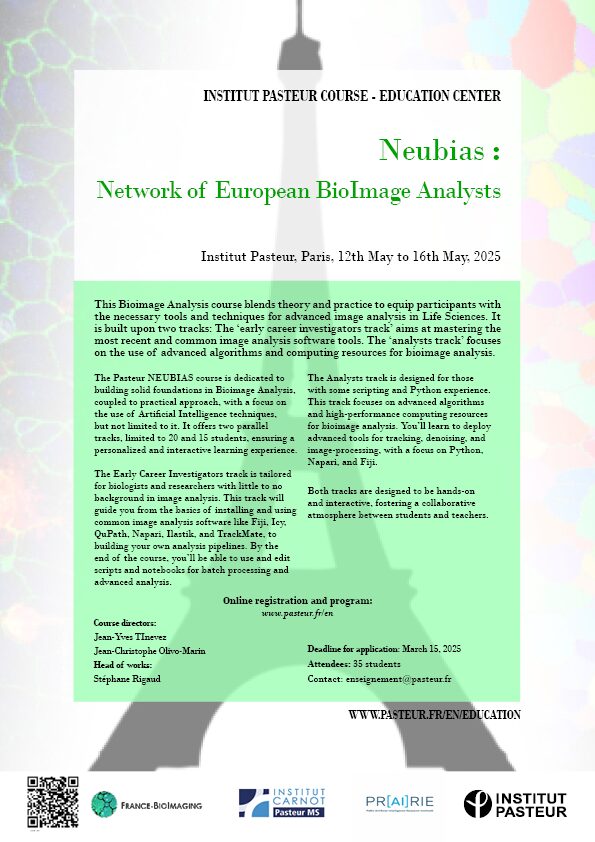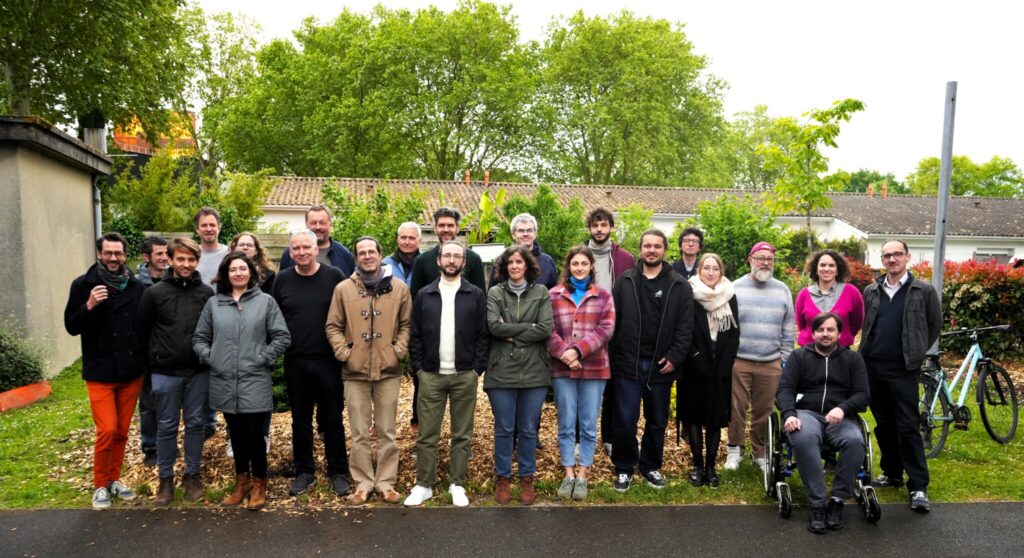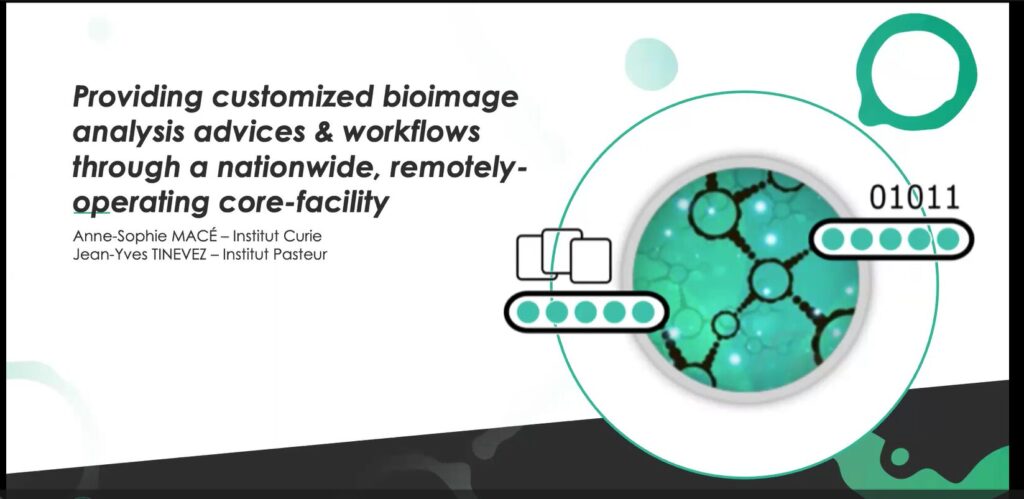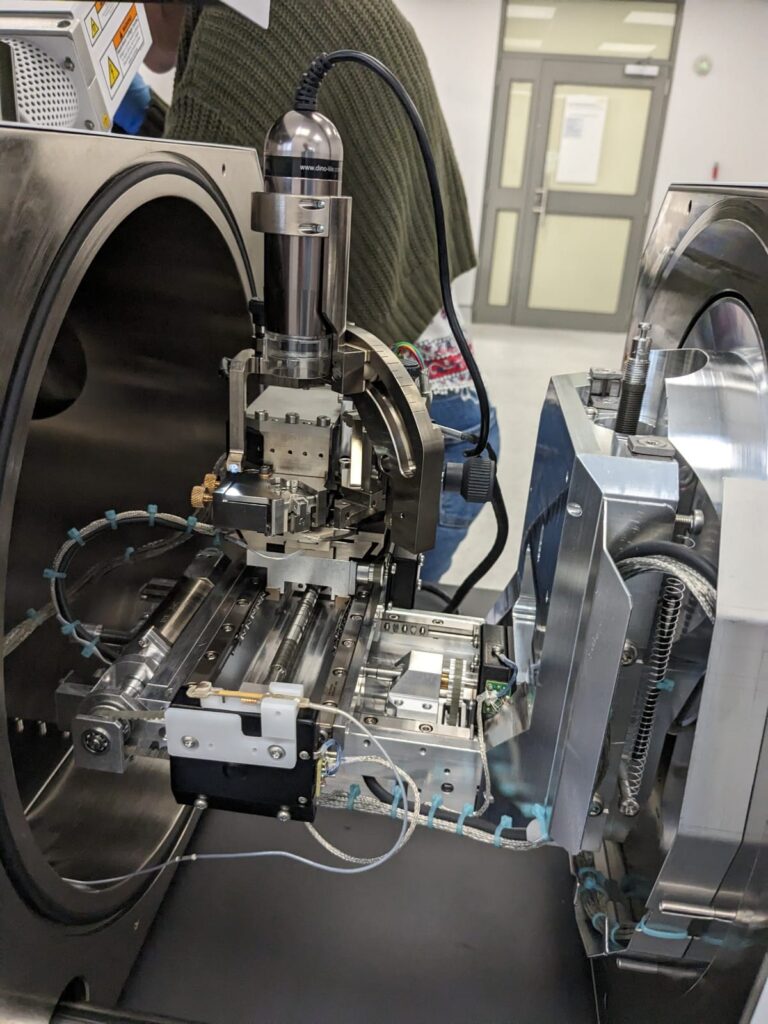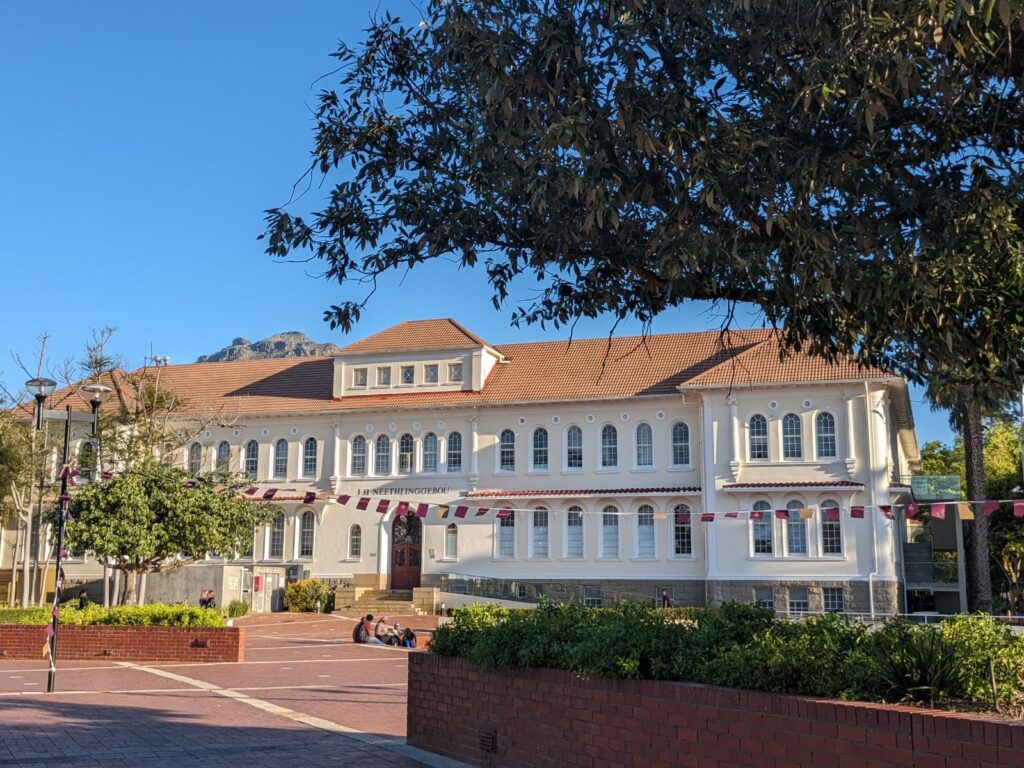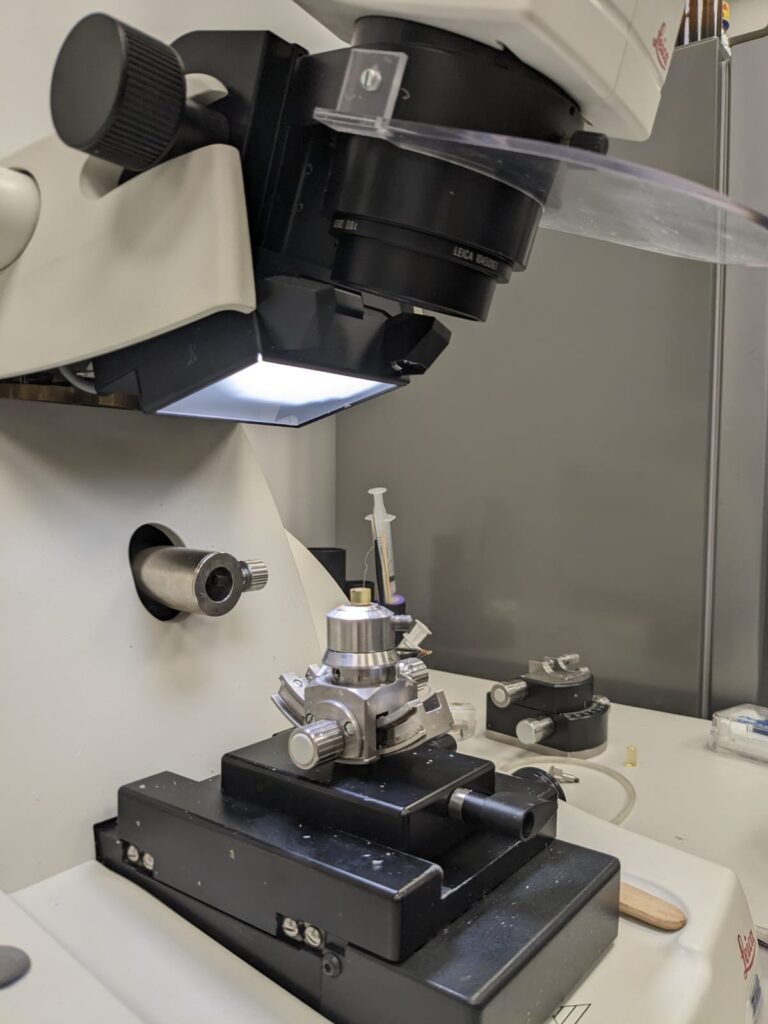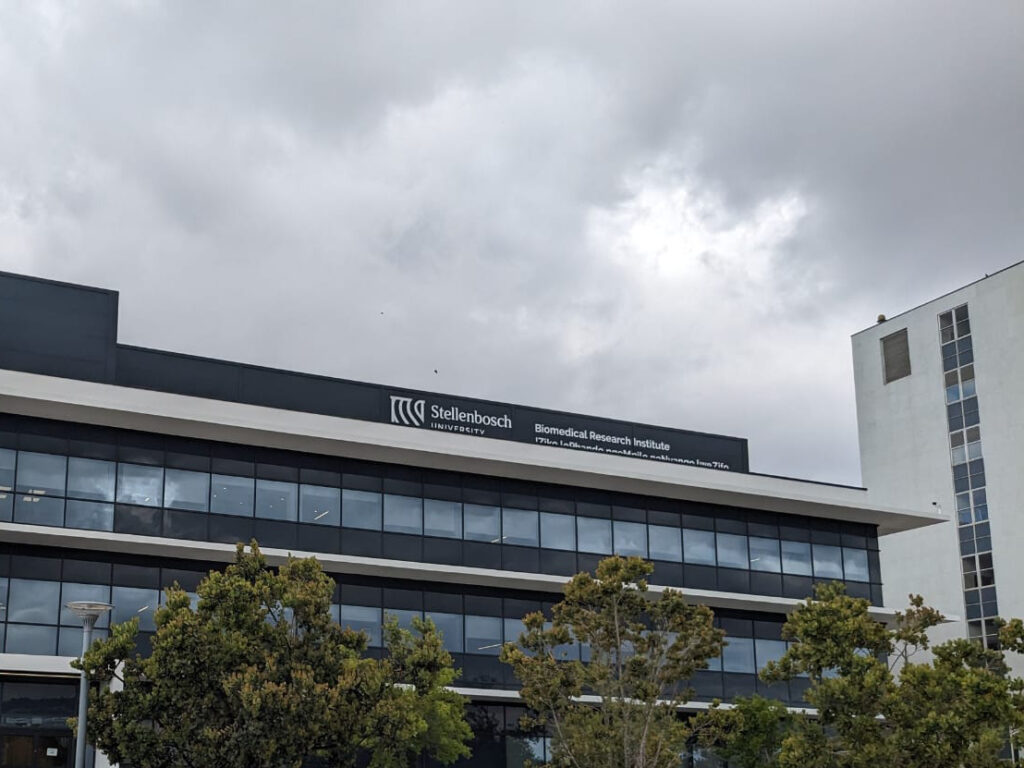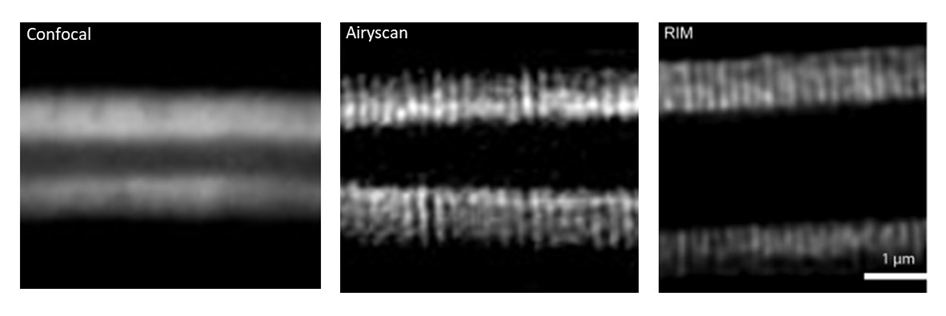We organize in Pasteur a training school on bioimage analysis at the Institut Pasteur, Paris, in May 2025.
The school will be in person only, from the 12th to the 16th of May 2025. All the details are on the course page, some details below.
The course lasts one week and is made of 2 tracks that run in parallel:
- Early career investigators track (ECI): Learn to master the tools and techniques of bioimage analysis for your own research. From power usage to building analysis pipelines.
- Analysts track: Learn to use and deploy advanced tools; learn to master high-performance computing for advanced bioimage analysis.
The number of available seats is 25 students max for the ECI track and 15 for the Analysts track. The selection is based on project description.
The keynotes are common to both tracks, and there is a bonus session on Friday afternoon: Work on your own data, with the help of colleagues and experts.
Program
The exact schedule is still being finalized. Here is a description of the course content.
Both tracks of the course have a specific focus on hands-on and interactive tutorials. They are meant to be convivial and foster a collaborative atmosphere between students and teachers. Each day begin with a common keynote, then the program for each track takes place.
Early-career investigator track
In this course you will learn how to use the most recent and common image analysis software tools. You will learn to master and use them for your own research project. The course will walk you from their installation, basic usage to building image analysis pipelines, from raw images to quantification results.
In the beginning we will explore the usage of software such as Fiji, Icy, QuPath, Ilastik, TrackMate, and Deep Learning tools… By the end of the course you will able to use and edit scripts and notebooks for batch processing and some advanced analysis.
The course will also offer fundamental introductions to the topics in modern image analysis, including machine learning / deep learning, ethics, …
You should apply to this course if you are a biologist and / or have no or little background in image analysis and do imaging in your research project. No knowledge of coding is required.
Analyst track
The strong focus of this track is the use of advanced algorithms, and mastering new tools and techniques. For every edition of this course, we pick a central topic in image analysis that we use to articulate the lectures and practical sessions of this track.
This year this topic is image analysis in the scope of spatially-resolved omics. Spatial-omics is a term used to describe a wide range of technologies focused on studying the molecular composition and interactions within tissues or cells while maintaining their spatial context. They all involve imaging and image analysis. We will use spatial omics as a theme to articulate several lectures and practical sessions on advanced image analysis topics that are central to these technologies. Importantly: we will restrict the topics to be on image analysis only, and won’t be dealing with the bioinformatics part. However, guest lectures by experts will help contextualize the course content within the broader scope of spatial omics.
In addition, the course will also focus on the use of artificial intelligence for bioimage analysis, using computational pathology and cell biology as topics to articulate the sessions and lectures.
Finally, a session will be dedicated to high performance computing in bioimage analysis, in the context of large images and large datasets.
The main tools of this track will be Python, Napari and Icy.
Basic experience with scripting and python is required.
Requirements
Bring your own laptop. We will spend time together installing everything needed and making sure they run for the course.
Also, absolutely bring a mouse with the laptop :) It’s painful to use the tools mentioned above with the trackpad.
Participants are encouraged to bring image data for the ‘Work on your own data’ sessions.
Registration
For registration visit the course webpage here : https://www.pasteur.fr/en/education/programs-and-courses/pasteur-courses?id_cours=32420
Deadline for registration: March the 31st 2025
Date for acceptance / rejection communication: April the 3rd 2025
